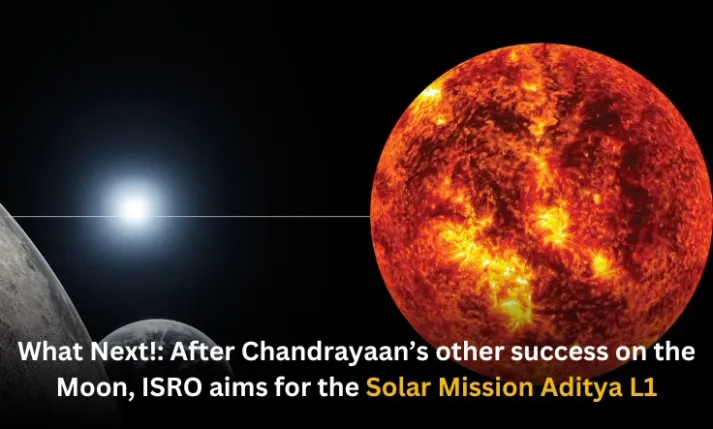Amid the praises of the Indian Space Research Organisation’s next step is aimed at the sun. ISRO’s Chairman S Somnath announced another upcoming launch as the Indians were celebrating the biggest eve of the year. He said,
Aditya L1 is getting ready at the center of Sriharikota. Reportedly, this will be India’s first space-based mission aimed at studying the Sun. It will be placed at a halo orbit which is around Lagrange point 1 near the Sun-Earth System.
The Lagrange point is a position in space where a spacecraft or some other object most likely stays in position. It also noted that it reduces the fuel consumption by the spacecraft.
Further, the reason why ISRO has chosen the L1 Point is that it lies along the Earth-Sun Line, which will be helpful in providing an uninterrupted view of the sun. In case it is successfully placed in the Halo orbit around L1, It will be able to capture the sun without any eclipses.
Through Aditya L1 India will be able to observe the solar activities and their effect on the weather of the space more closely. It is equipped with seven payloads which are of two types remote sensing payloads, and in-situ payloads.
The four remote sensing payloads are the Solar Low-Energy X-ray Spectrometer (SoLEXS), Visible Emission Line Coronagraph (VELC), Solar Ultraviolet Imaging Telescope (SUIT), and High Energy L1 Orbiting X-ray Spectrometer (HEL1OS), respectively.
The Aditya Solar Wind Particle Experiment (ASPEX), Plasma Analyser Package For Aditya (PAPA), and Advanced Tri-axial High Resolution Digital Magnetometers are the three in-situ payloads.
VELC is designed for imaging the solar corona, which is the outer atmosphere of the Sun. On the other hand, SUIT's role revolves around capturing images of the photosphere, which is the solar surface, as well as the chromosphere, the reddish and glowing layer just above the photosphere.
SoLEXS and HEL1OS have the specific purpose of observing the Sun as a star. Meanwhile, ASPEX is tailored for the analysis of the solar wind, including protons and heavier ions, whereas PAPA focuses on analyzing electrons within the solar wind. Lastly, the magnetometers come into play for the study of the Sun's magnetic field.
The Aditya-L1 mission is slated for a duration of five years. This solar-focused mission is anticipated to take off either towards the end of August or the early days of September this year.







